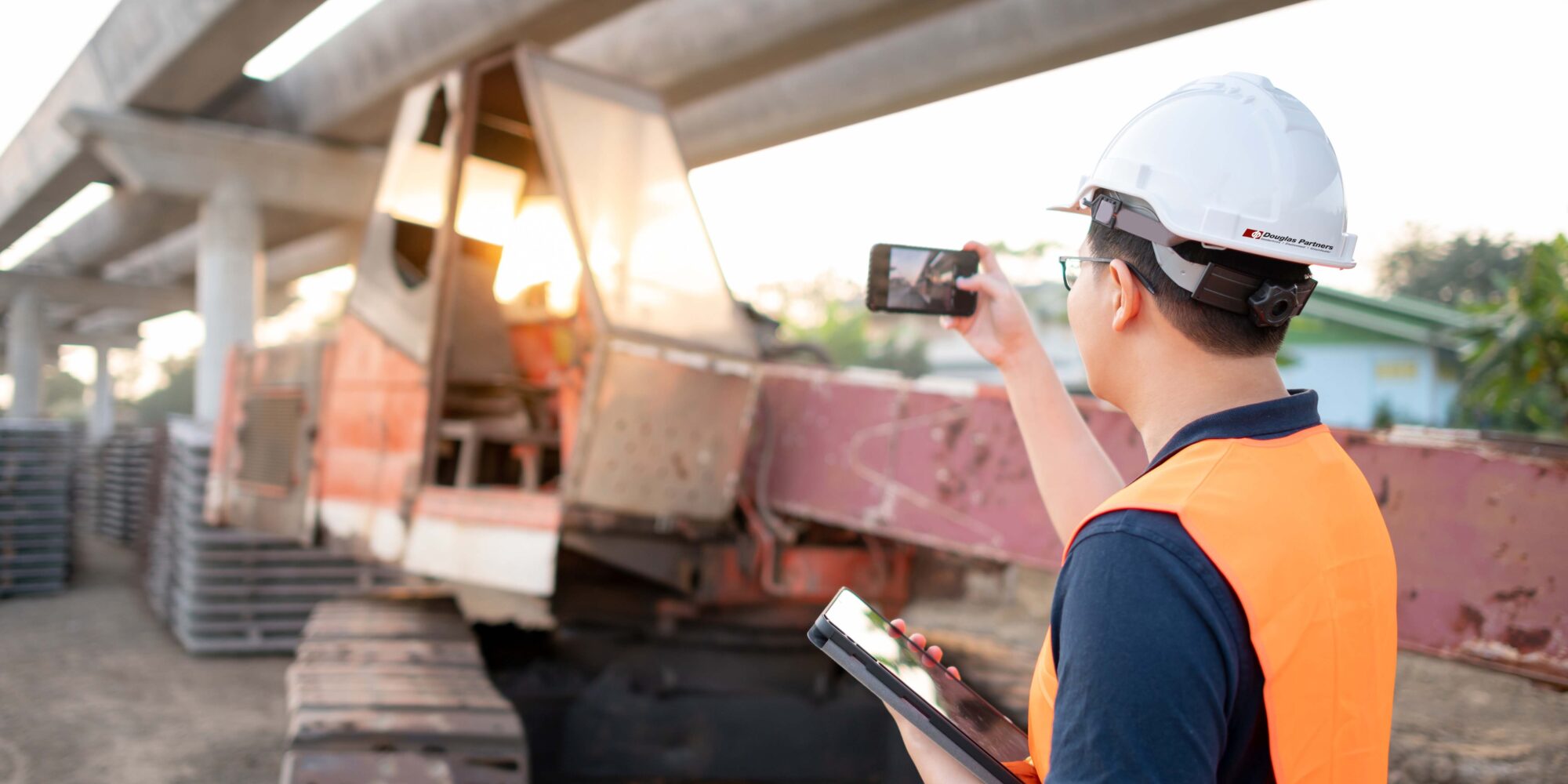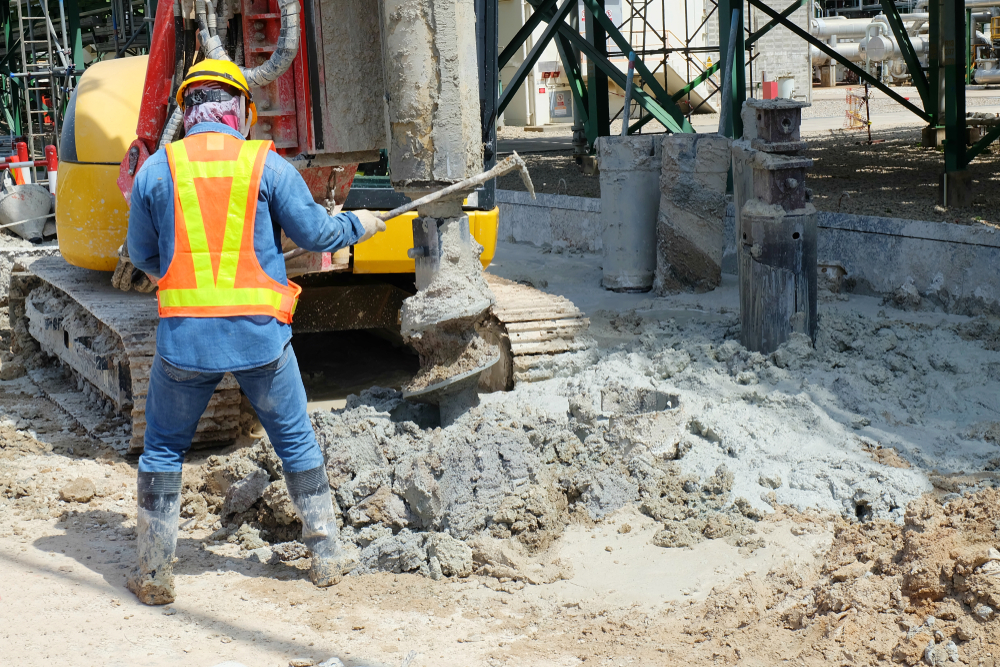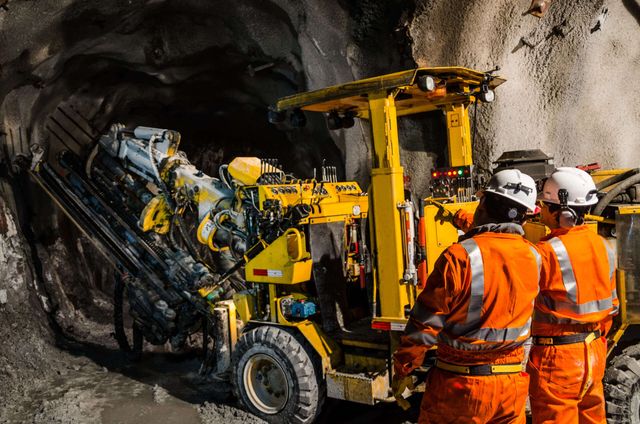Vital Top Qualities of Effective Civil Consulting Engineers
Wiki Article
A Comprehensive Introduction of the Key Duties of Geotechnical Engineers in Website Characterization and Ground Improvement Strategies for Engineering Solutions
Geotechnical designers are indispensable to the successful execution of engineering jobs, charged with the crucial responsibilities of site characterization and the application of ground enhancement methods. Their job involves an extensive analysis of subsurface conditions, using different screening techniques to recognize dirt and rock homes.Duty of Geotechnical Engineers
Geotechnical engineers play a pivotal duty in the design and construction of framework by evaluating the habits of dirt and rock underneath the surface area - geotech engineer. Their duties incorporate evaluating subsurface conditions to inform layout choices that guarantee structural stability and security. By conducting thorough analyses of dirt residential or commercial properties, consisting of shear toughness, permeability, and compressibility, geotechnical engineers provide essential information that affects the choice of appropriate building and construction materials and strategiesAlong with evaluating soil technicians, geotechnical engineers are entrusted with determining possible hazards such as landslides, sinkholes, and ground negotiations. Their experience aids alleviate dangers associated with these geotechnical phenomena, thereby protecting both the setting and public security. They likewise team up carefully with various other design self-controls, making sure that geotechnical factors to consider are incorporated right into overall job style.
Furthermore, geotechnical engineers participate in the assessment of existing structures, supplying referrals for retrofitting and repairs when required. Their thorough understanding of soil-structure communication is crucial for the development of sustainable infrastructure services. Generally, the duty of geotechnical designers is integral to the successful awareness of building and construction projects, ensuring they are risk-free, durable, and certified with regulatory standards.

Website Characterization Procedures
Efficient site characterization procedures are necessary for recognizing the subsurface problems that affect task design and execution. Geotechnical engineers utilize a systematic method to collect, examine, and translate data relating to dirt, groundwater, and rock characteristics. This process begins with a comprehensive review of existing literary works and archaeological site information, giving insights into previous website problems and potential difficulties.
Data analysis adheres to fieldwork, where designers make use of geostatistical techniques to translate findings and create geological designs. With diligent website characterization, geotechnical designers lay the foundation for successful job implementation, lessening unexpected problems and enhancing resource appropriation.
Dirt and Rock Testing Methods
While comprehending subsurface conditions is critical, the option of appropriate dirt and rock screening approaches is equally important for exact evaluation and layout. Geotechnical engineers utilize a variety of testing techniques to examine the mechanical and physical buildings of dirt and rock i thought about this products.Laboratory tests, such as Atterberg limits, grain size analysis, and unconfined compressive strength tests, offer necessary information on soil behavior under different moisture conditions and loading scenarios. These examinations aid determine soil category and forecast visit negotiation or shear stamina attributes important for structure style.
In-situ testing techniques, including Standard Penetration Examinations (SPT), Cone Infiltration Tests (CPT), and pressure meter tests, allow engineers to collect data directly from the ground. These techniques offer beneficial insights right into the soil's thickness, consistency, and stratification without the demand for substantial sampling.
Rock screening usually includes core sampling and research laboratory evaluation to analyze residential properties like uniaxial compressive stamina and rock high quality classification (RQD) With each other, these soil and rock screening techniques enable geotechnical designers to make informed choices relating to site-specific difficulties, guaranteeing the safety and security of engineering services.
Ground Improvement Techniques
Ground enhancement techniques are necessary for boosting the design homes of dirt, thereby raising its load-bearing capability and minimizing settlement. These techniques are important in attending to difficulties provided by weak or problematic soils, which can substantially impact the stability and durability of structures.Numerous ground improvement techniques are utilized, consisting of compaction, grouting, and dirt stablizing. Grouting, on the other hand, includes injecting a liquid product into the ground to fill up gaps and enhance dirt communication.
Soil stabilization incorporates a variety of techniques, from chemical ingredients to mechanical treatments, focused on enhancing the dirt's resistance to disintegration and deformation. Methods such as lime stabilization or cement mixing alter the properties of the soil at a particle level, improving its general efficiency.
Significance of Geotechnical Analyses
Geotechnical assessments play a vital role in the planning and style of design jobs, as they give important information regarding the subsurface problems. Recognizing soil properties, rock developments, groundwater levels, and possible geohazards is important for making certain the stability and security of frameworks. These assessments enable designers to make educated decisions pertaining to site option, style parameters, and building see here and construction techniques.
The value of geotechnical assessments expands beyond first task stages; they are critical in risk management and expense efficiency. By identifying prospective concerns early, such as soil settlement, slope instability, or excessive groundwater, designers can create appropriate mitigation methods, minimizing the probability of expensive hold-ups and structural failures. These assessments sustain conformity with regulative needs and improve the sustainability of design practices.

Final Thought
To conclude, geotechnical designers are crucial to making sure the security and stability of design jobs via extensive site characterization and ground renovation strategies. geotechnical eng. Their methodical method to examining subsurface problems, incorporated with their suggestions for efficient ground adjustment, substantially improves soil properties and load-bearing capacity. The competence of geotechnical designers not just facilitates educated task planning yet likewise makes sure conformity with regulations and cultivates reliable communication amongst stakeholders, eventually adding to successful design end resultsGeotechnical engineers play an essential function in the design and building and construction of framework by evaluating the behavior of dirt and rock underneath the surface area. By conducting thorough analyses of soil residential or commercial properties, including shear permeability, compressibility, and stamina, geotechnical designers give vital data that affects the selection of appropriate building products and methods.
In addition to examining dirt technicians, geotechnical designers are entrusted with determining potential threats such as landslides, sinkholes, and ground settlements. Geotechnical designers use a methodical method to collect, review, and translate data relating to groundwater, rock, and dirt characteristics. By recognizing possible problems early, such as soil negotiation, incline instability, or excessive groundwater, designers can develop proper reduction methods, reducing the probability of pricey hold-ups and architectural failures.
Report this wiki page